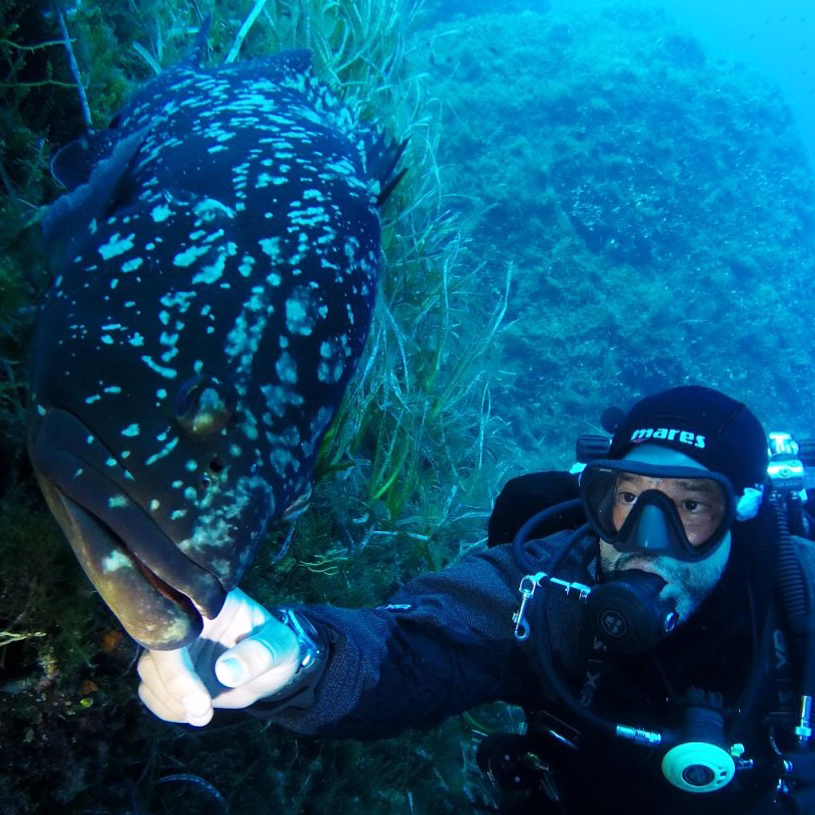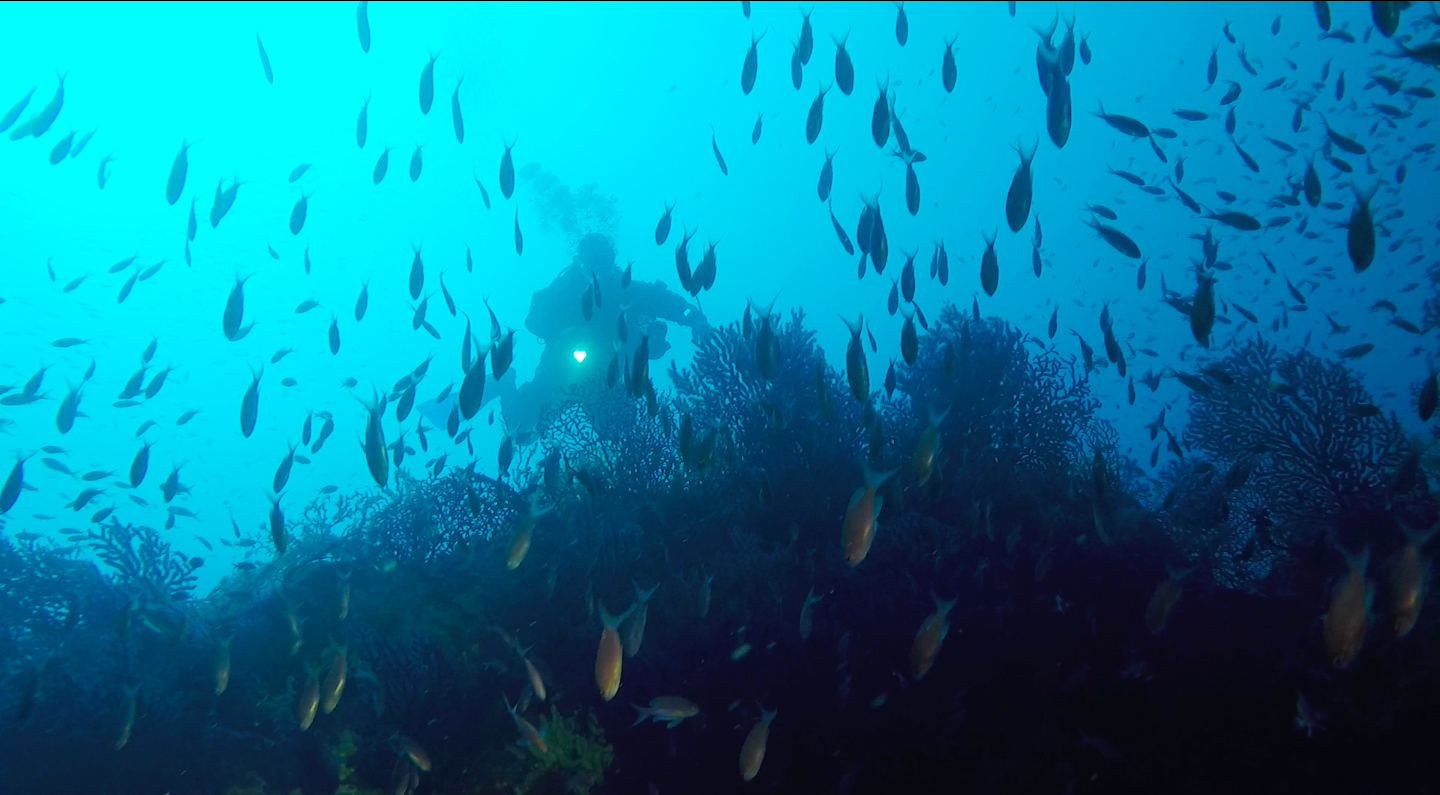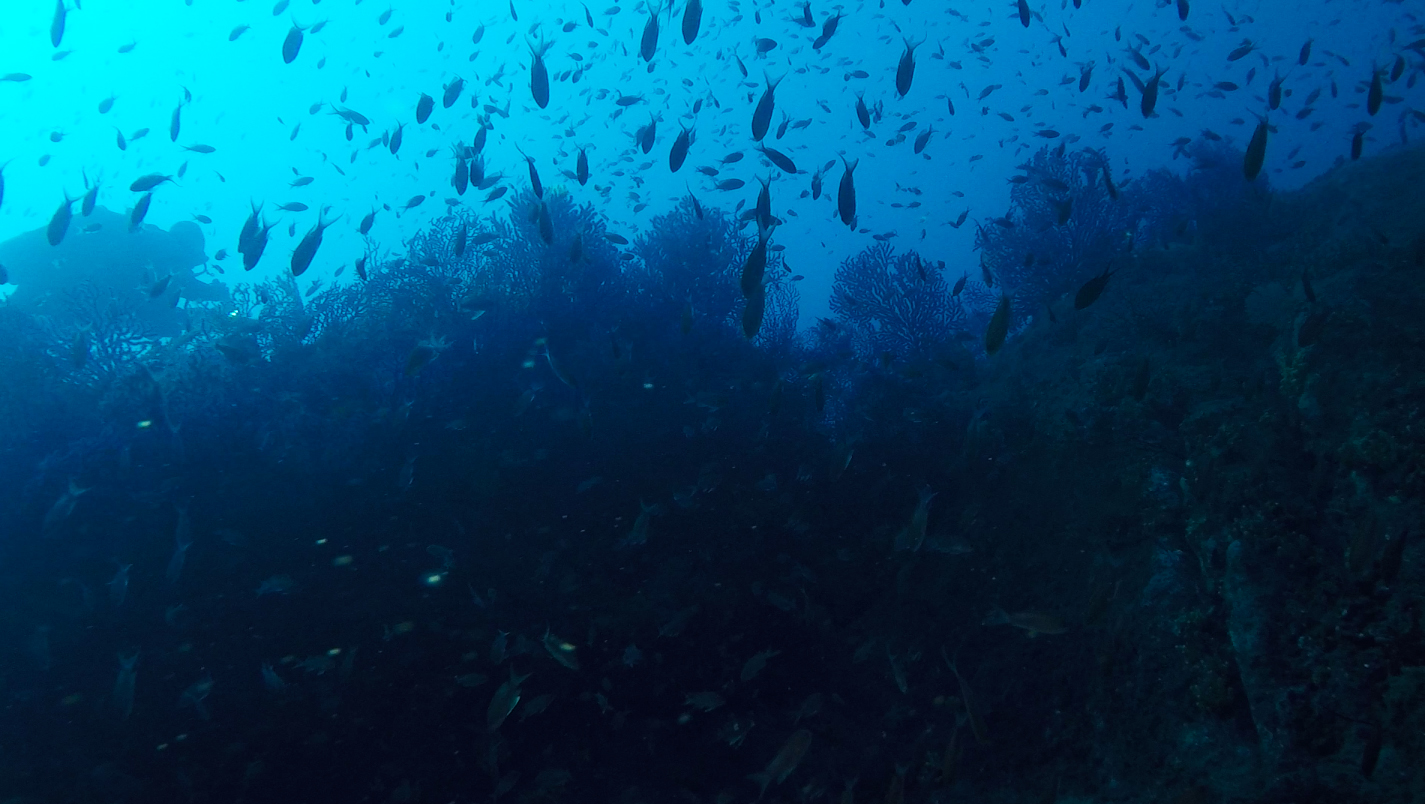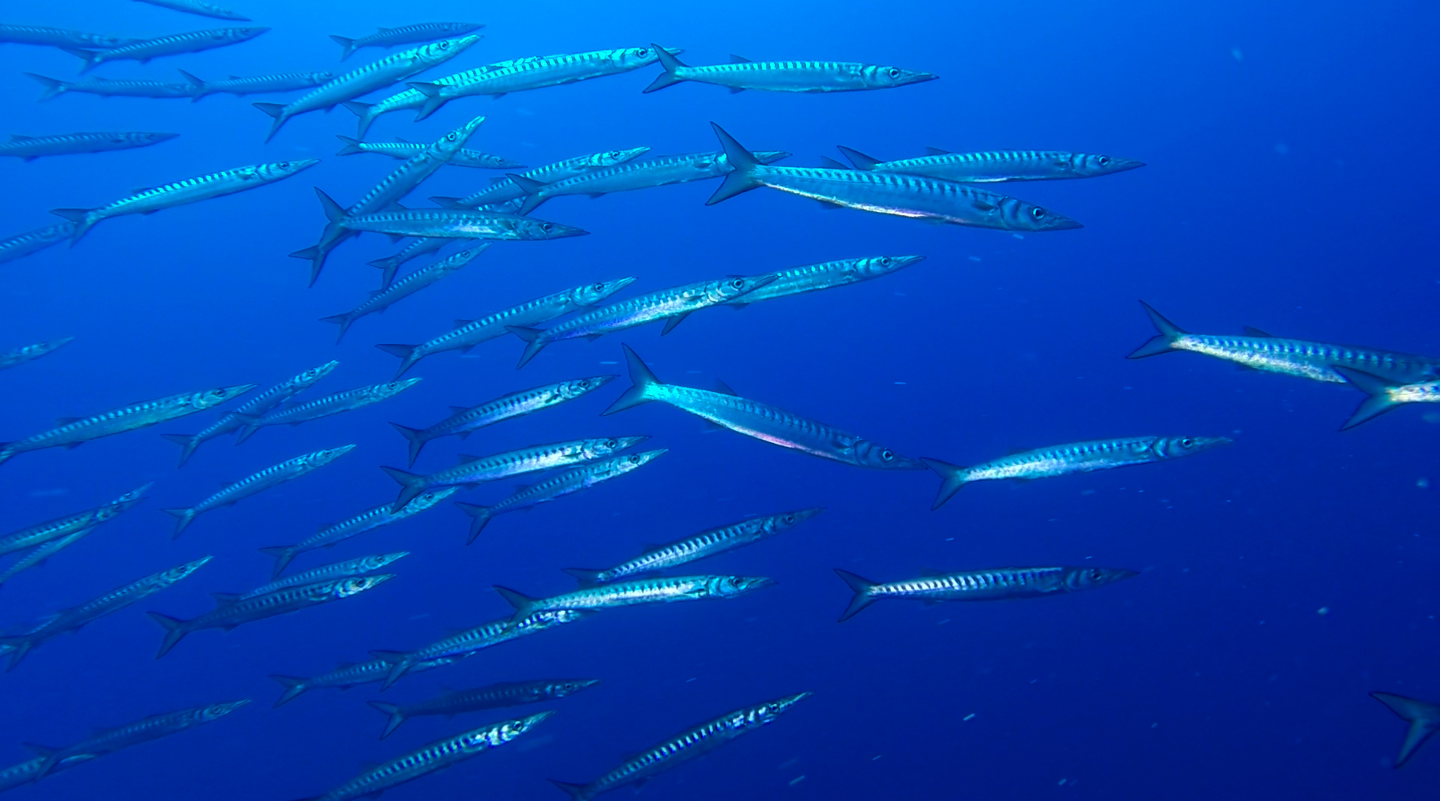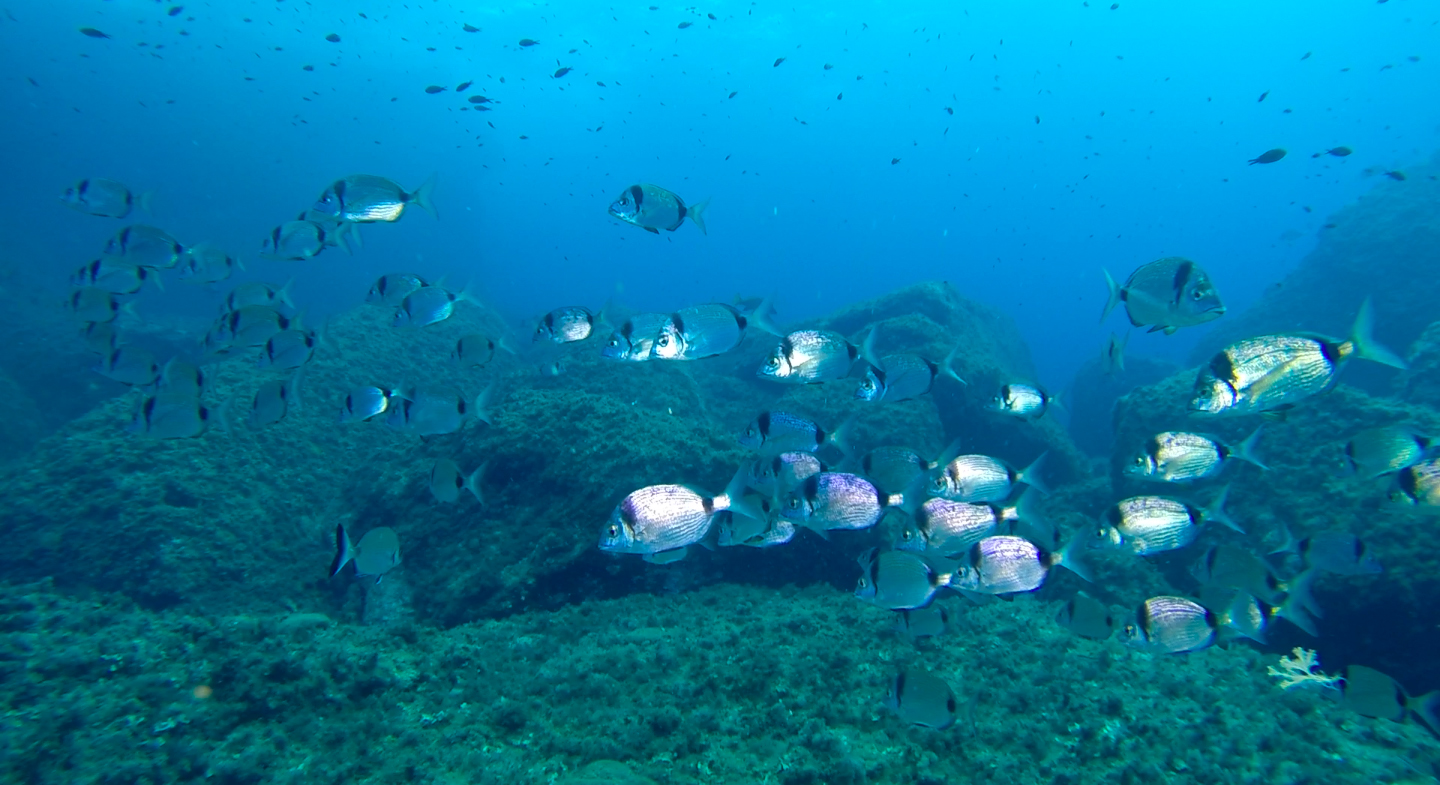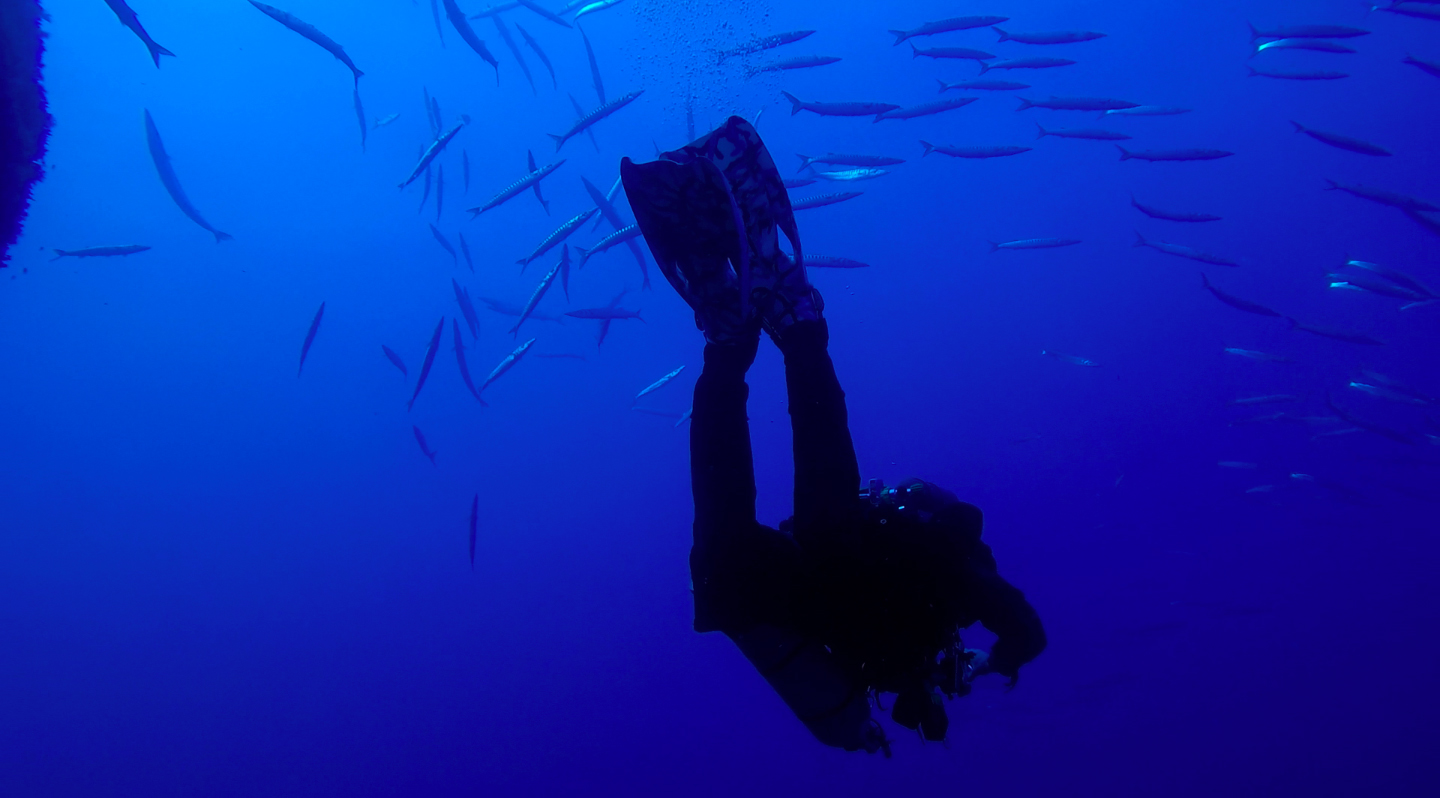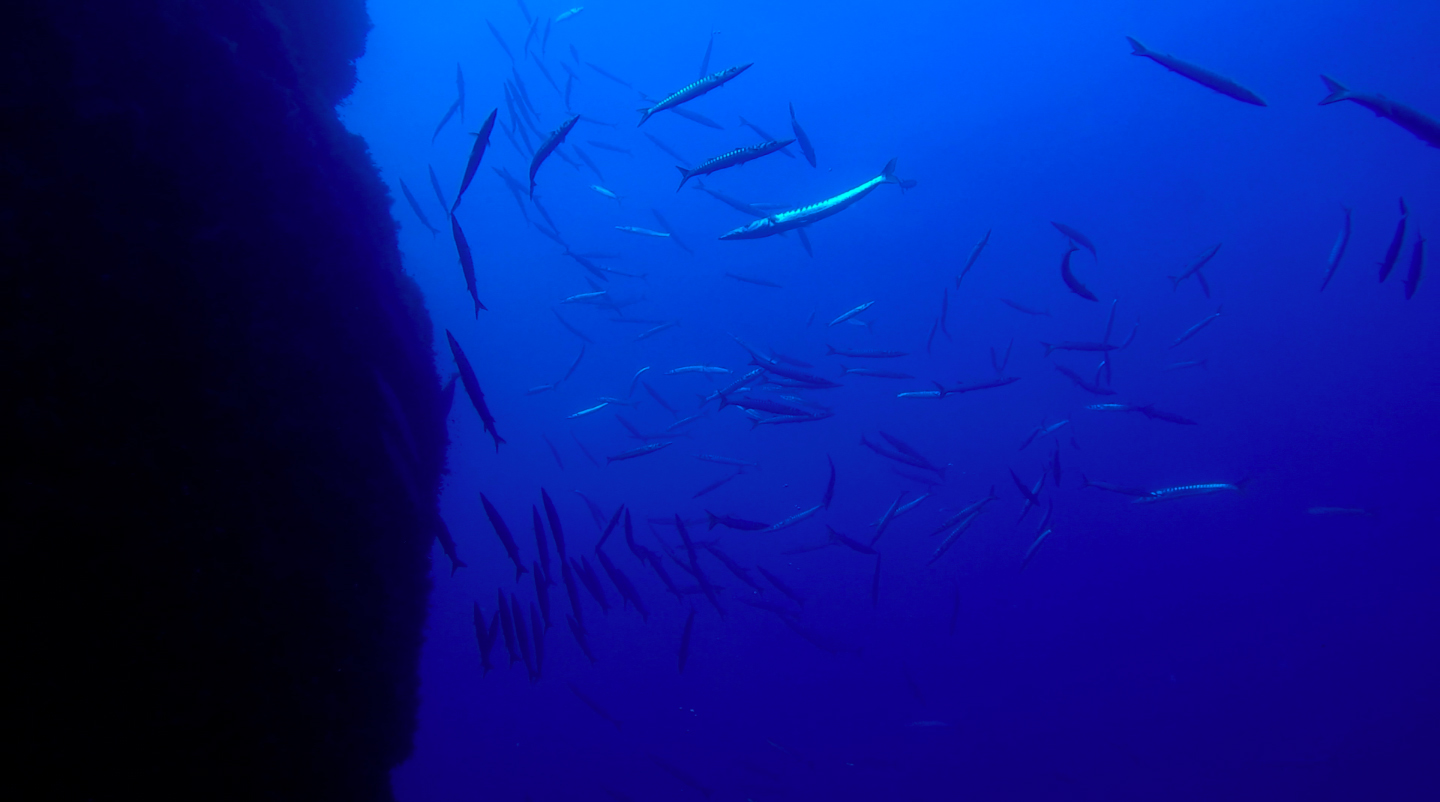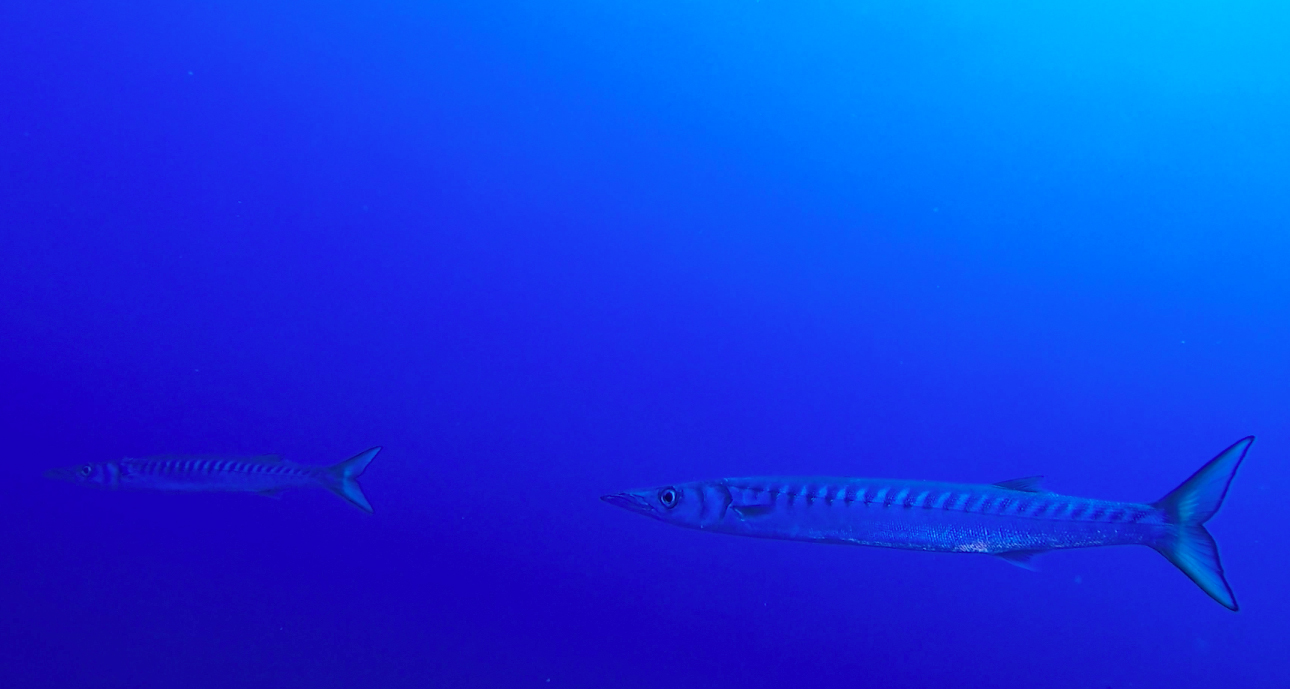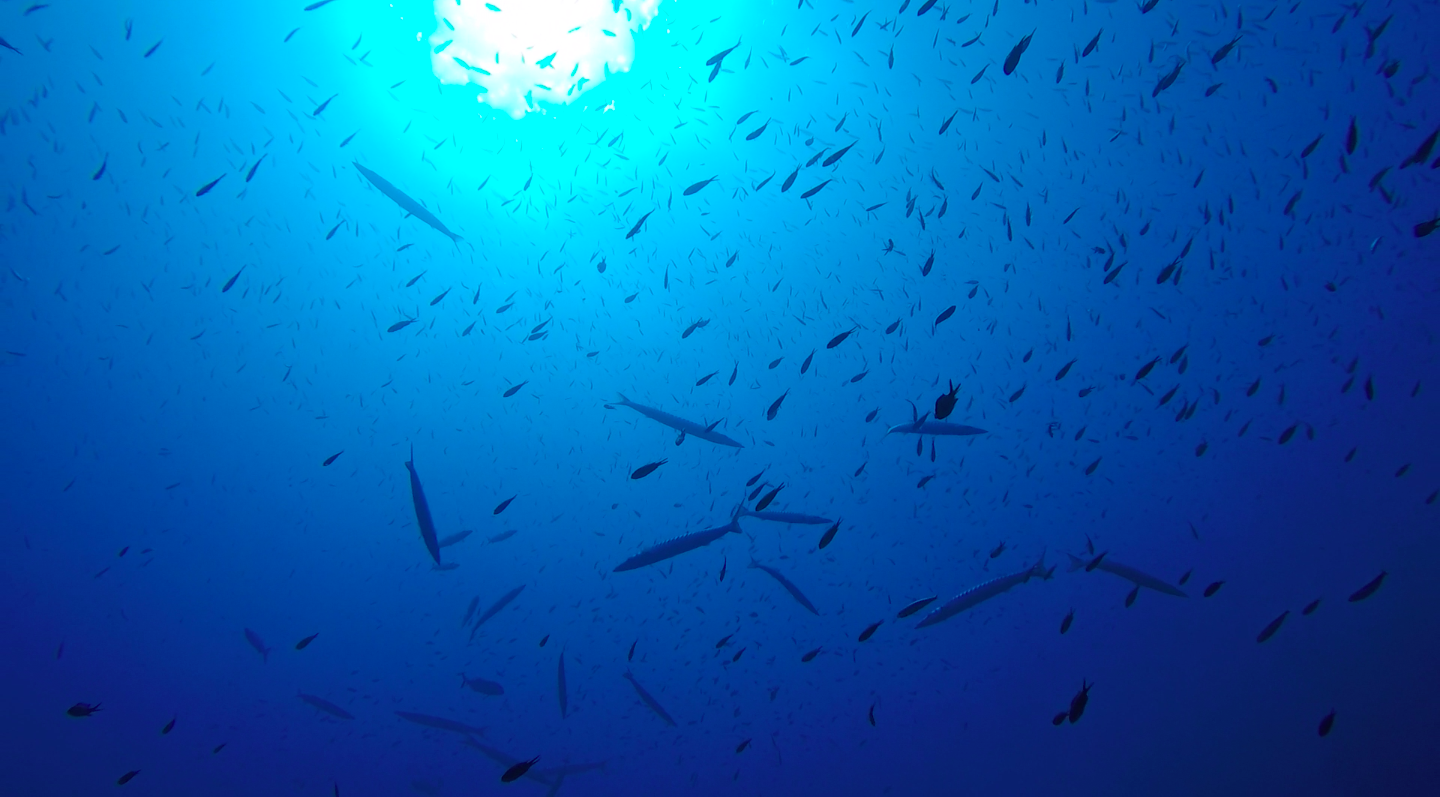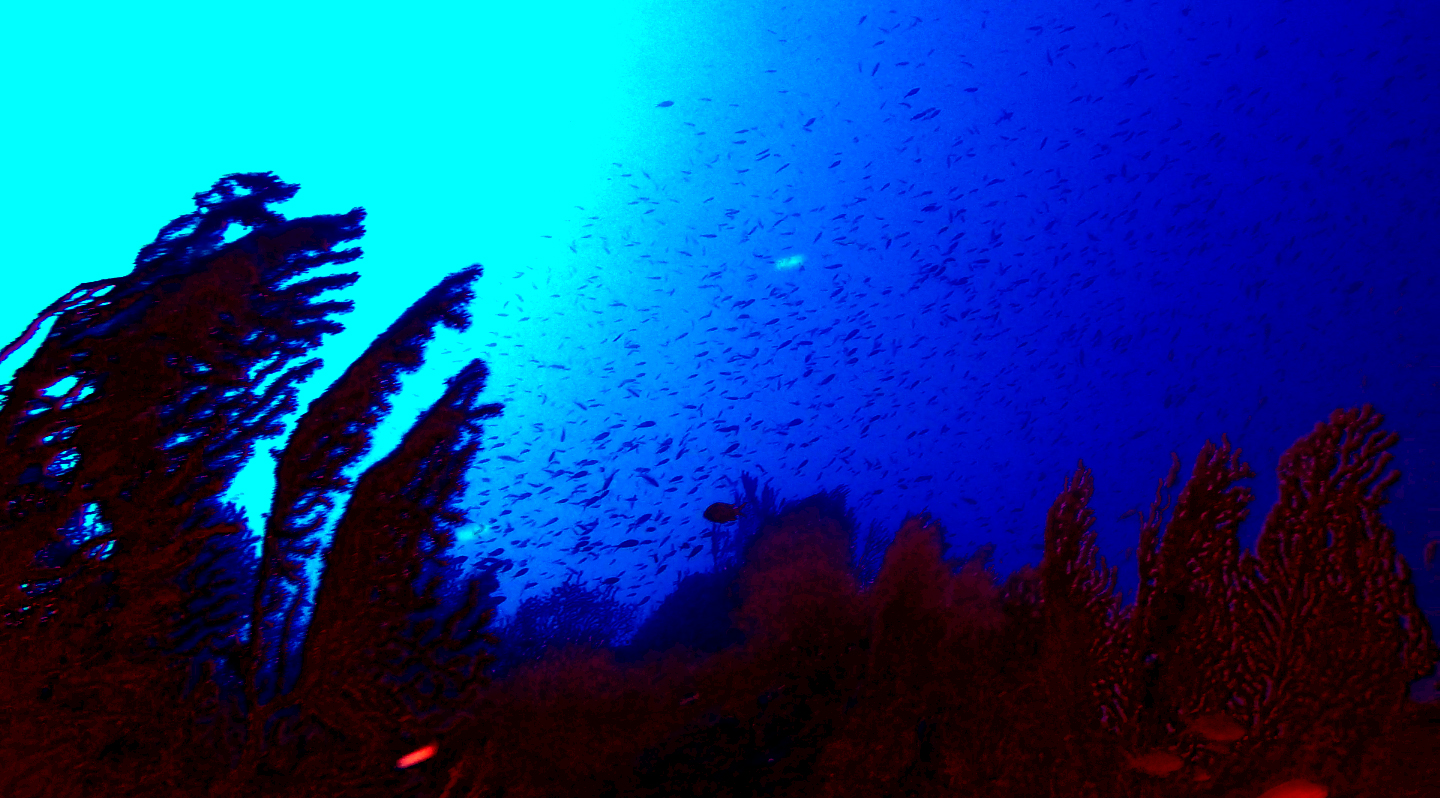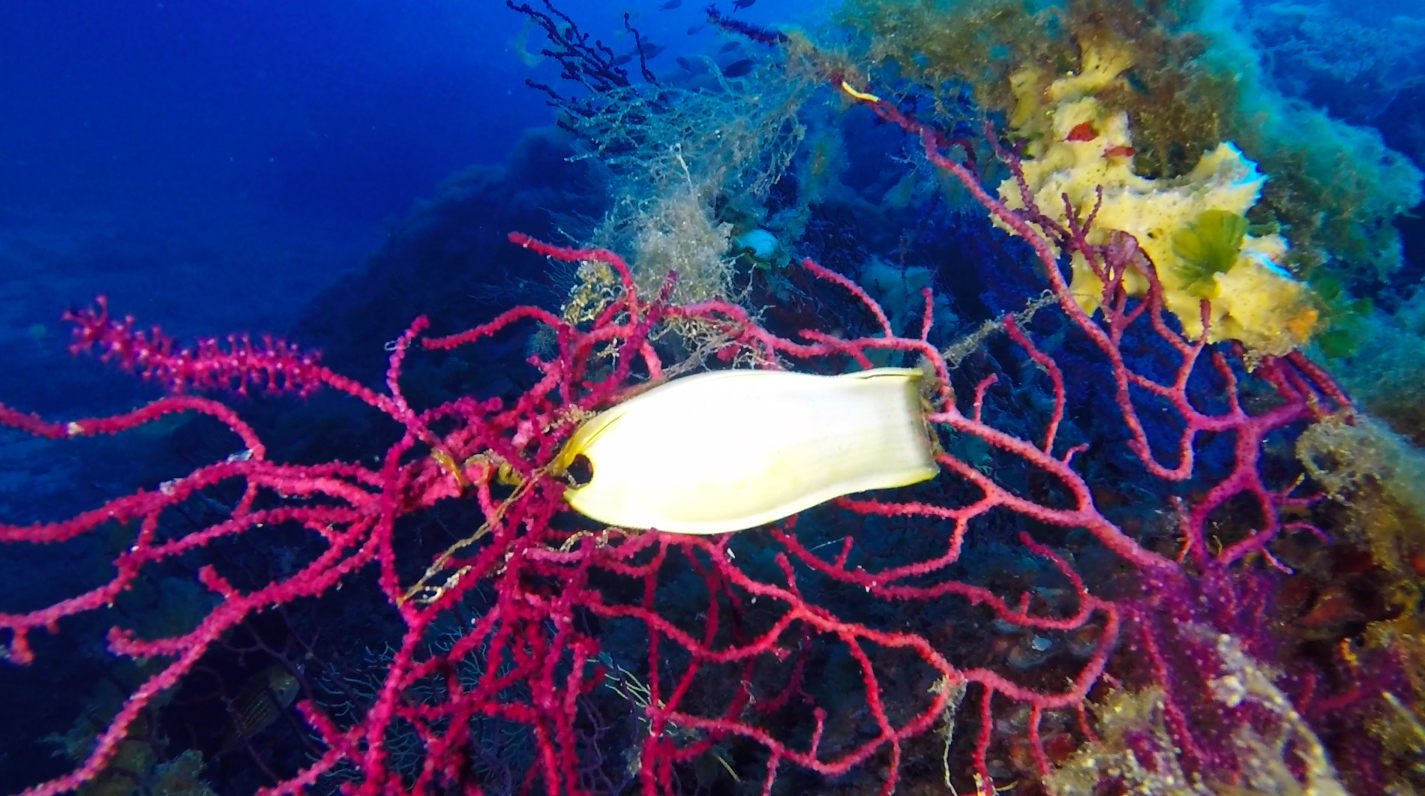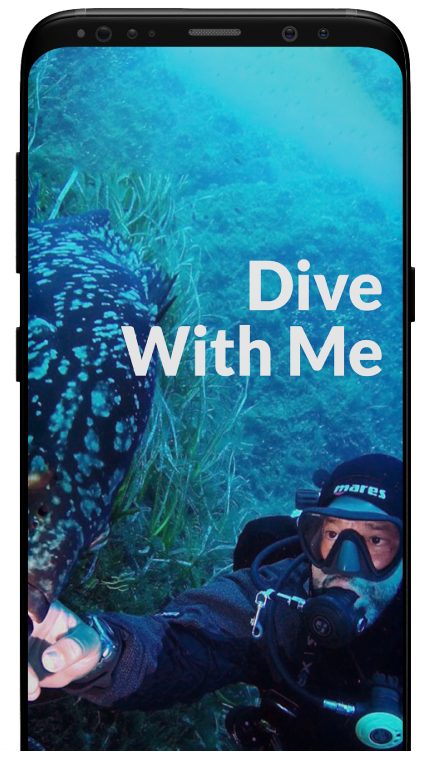Legend has it that a pearl necklace slipped off the necklace of the goddess of beauty which, falling into the sea, gave rise to the island of Pianosa.
I thought he was about my age but the harsh and hectic sea life made him look much younger. From the accent I understood that he was not Elban but from how he knew the archipelago I assumed that he had been here for a long time.
As he drove the rubber dinghy that took me from Portoferraio to Pianosa, he illustrated to me in great detail every ravine of the coast of the Island of Elba and as we moved away he began to tell me, with very interesting details, the story of the “pearl of Venus”.
This triangular rock, which is located about thirteen kilometers south-west of the island of Elba, appeared almost totally flat to the eye of the navigator, with no particular roughness or hills, in full harmony with the origin of its name Planasia , from the Latin planus or flat.
Pianosa has been inhabited since prehistoric times, as documented by archaeological excavations dating back to the Bronze Age.
But already in Roman times the island was used as a place of deportation and Agrippa Postumus, grandson and former heir of Augustus, was exiled here. The ruins of his villa and a system of catacombs are proof of this. At that time Pianosa was also an important center for the trade routes of the Mediterranean. Underwater archaeological expeditions have discovered and studied submerged deposits of Hispanic and African oil amphorae.
In the Middle Ages, after a violent dispute between Genoa and Pisa, the island passed under the dominion of Piombino to subsequently become uninhabited and used, in the summer, by farmers and fishermen from Elba.
But the union between Pianosa and deportation resumed in the mid-nineteenth century with the establishment of the agricultural penal colony, in which the future President of the Republic Sandro Pertini was also detained.
The real isolation began in 1977, with the establishment of the maximum security prison and the forced evacuation of the Pianosina population. This new reality transformed it into a real fortress, inaccessible to all and guarded day and night by land and by sea. In those delinquent years such as the mafioso Francis Turatello and the brigatista Renato Curcio were locked up here.
Only in 2011, after the surveillance system had been loosened for some years, did the prison activity cease.
From that date the absolute ban on landing ended, which on the one hand had prevented tourist development and on the other had preserved the beauty that emerged and submerged.
And so Pianosa, the flat island, once hell for the mafia affected by the 41 bis, today has a future linked to the environment and ecology.
I got there by rubber dinghy, starting from Portoferraio, on a Friday in mid-September. The sky was clear but the sun could not give us the right warmth. After the hot summer, temperatures dropped drastically and even here, in the Tuscan archipelago, the climate was autumnal.
The island of Elba was dressed up for the party and was awaiting the arrival of fleets of divers for the fifth stage of aSSIeme, the itinerant tour organized by local diving affiliated to the SSI educational agency.
The submerged heritage of Pianosa, uncontaminated for more than 150 years, was wild and reserves emotions and surprises for the scuba diver thanks to the richness of fish, which, not being used to the foreign and threatening presence of the freediver fisherman, is easily approached.
To preserve and protect this environment, the Tuscan Archipelago Park Authority has allowed regulated and controlled underwater use with seven special mooring buoys. Four of these are dedicated to underwater tourism, which must always be accompanied by authorized and accredited dive centers, which also carry out coordination tasks with each other, in order not to clog up the dive sites with boats and divers. The exits are conducted by the underwater environmental guides authorized by the Tuscany Region.
It is important to know that to dive in Pianosa it is necessary to have an advanced or second level certification.
The buoy 3
I dived on a vast rock formation a few tens of meters from the coast of the island. It had an oblong shape, is characterized by steps and terraces and descends until it met the sandy bottom at a depth of forty meters. The walls and cracks were adorned with small yellow madrepores while the flat areas were entirely covered with posidonia.
The current in that area was very strong and often made it necessary to find shelter among the rocks to counter it and to be able to calmly admire the wonderful and majestic sedentary groupers that, not at all frightened, await curious and eager for my attention. In particular, a large specimen allowed me and my diving companions to immortalize ourselves while we gently caressed it, making us feel emotions that are as rare as they are intense.
Above us, meanwhile, hundreds of large barracudas were swimming in a circle, reflecting the rays of the shy September sun with their livery, while in the background a sea eagle passed over the environment with a decidedly regal appearance.
The buoy 5
I went down on this shoal, which had a similar conformation to that of buoy 3, and on the advice of the environmental guides I gave up visiting it up to its maximum depth of 42 meters because I decided to enter two splendid caves that were difficult to identify from the outside. They open with large rooms whose vaults are carpeted with Parazohantus Axinellae.
There too the current was challenging and it allowed me to witness typical scenes of wild and uncontaminated stretches of sea. Snappers on the hunt were swimming powerfully and encircled a moray which, to defend itself, got stuck in a hole in a rock. The groupers peeped out from the ravines and let themselves be approached to then queue up and return to shelter. Hundreds of barracudas danced in the blue at a gentle rhythm almost waiting for a diver to approach and try to fit in their midst to feel part of this magically whirling world.
There were not even amberjacks. Some passed like lightning bolts tearing through the cloud of damselfish that I had in front of my eyes. While I was decompressing, one of them instead passed slowly and majestically and allowed me to film it in all its sinuous beauty.
The buoy 7
It was the immersion of those who love that particular environment that only the depth of the Mediterranean Sea can give. It was the immersion of strong colors, of intense emotions. It was the immersion of photographers who are able, thanks to their wide-angle lenses, to give us images of unimaginable panoramas.
A shoal with a hat at a depth of 27 meters and then sink to -52 to admire the rocky walls totally covered by huge fans of red and yellow gorgonians.
A dark forest that turned into a chromatic show as the light beamed of my diving torch pass.
Tips for shopping
For diving in Pianosa, the minimum advanced or second level certification is required. I recommend the specialty of deep diving and above all I recommend diving in these waters with an experience of at least 40 dives. The dive to buoy 7, due to its particular complexity, would even require superior experience and training that enables decompression.
The diving centers on the Island of Elba organize day trips to Pianosa with two dives. The navigation time to reach it varies from one hour to 40 minutes depending on the conditions of the sea and the place of departure.
Recommended dive centers:
Elba Diving Center Marciana Marina
Diving in Elba Portoferraio
Sub Now Marina di Campo
Enfola Diving Enfola Portoferraio
👌


